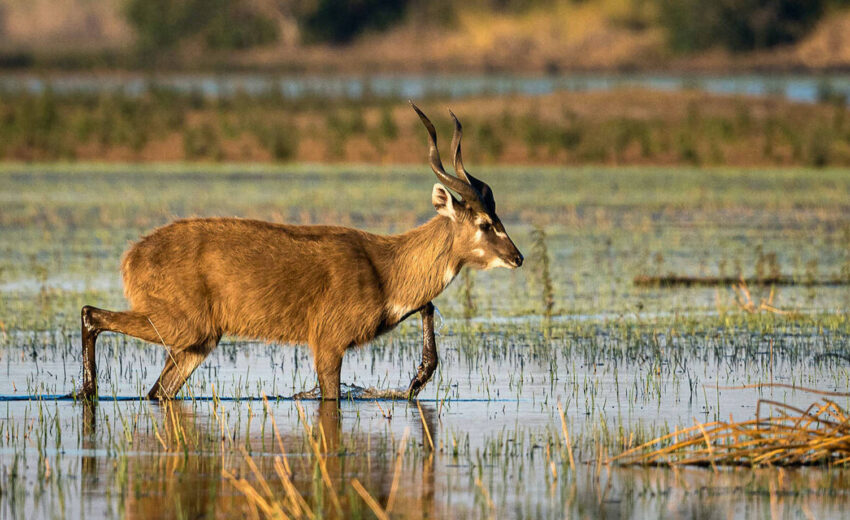The sitatunga is an antelope native to central Africa. They can be found in tall, dense perennial vegetation as well as seasonal swamps, marshy forest clearings, riparian thickets
- Zoology
- Daily Critter Facts
- For Teachers
- Study Guides
- Diseases & Parasites
- Contact

